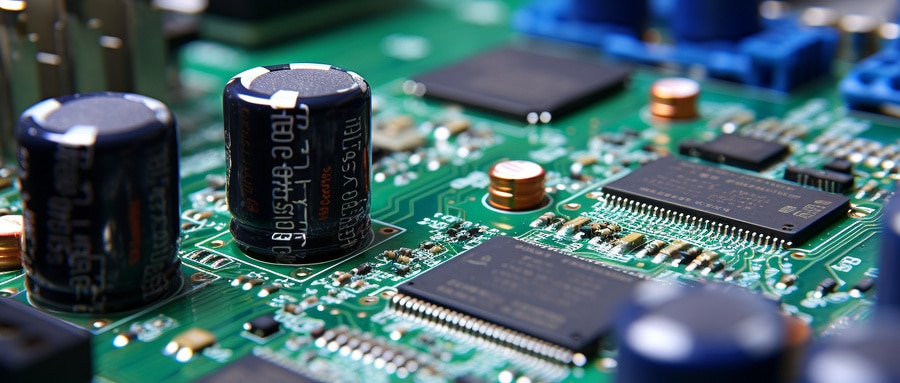Revolutionizing Electronic Design: A Comprehensive Guide to Flatbox PCBs
Have you heard the term ‘Flatbox PCB” when researching electronics and hardware systems? In an age where technology advances so rapidly, Flatbox PCB serves as an inspirational reminder to us all of what lies within the facades of our favorite gadgets.
Understanding Flatbox PCBs – A Primer
Flatbox Printed Circuit Boards (PCBs) are innovative components used in various electronic devices. Their purpose is to streamline mechanical designs for easier assembly and manufacturing processes.
Flatbox PCBs have become a cornerstone of modern electronics, from mobile phones to aviation systems. Their fast manufacturing, enhanced reliability and efficient space utilization make them essential components of many of today’s dynamic systems.
Flatbox PCBs (Printed Circuit Boards) have seen tremendous advancement over time. Here is their tale of history and innovation.
Flatbox PCBs have come a long way since their introduction, and an understanding of their evolution is the key to realizing their full potential. PCB technology has always focused on miniaturization and efficiency; Flatbox PCBs take this idea one step further.
At present, these boards are indispensable across various industries, as their performance enhances electronic devices while simultaneously cutting production costs. Researchers estimate that the Flatbox PCB market will experience exponential growth over the coming years as evidence of their continued innovation and significance.
Understanding Flatbox PCB Technology
An understanding of the technology that lies at the core of Flatbox PCBs will provide greater insight into their abilities. Combining intelligent design with high-tech materials, Flatbox PCBs enable optimal component placement, efficient electrical paths and enhanced device functionality – improving performance and functionality across the board.
How PCBs Are Manufactured
Producing Flatbox PCBs is an intricate process requiring skill, precision and sophisticated technology. From designing the initial schematic through assembly and testing stages, making these boards is a complex dance of technology and engineering expertise.
Flatbox PCBs (Printed Circuit Boards) offer many advantages and applications for businesses and industries alike
Flatbox PCBs provide many advantages, from improved performance and reliability to cost-cutting production processes. Their widespread applications across various fields show just how capable these boards can be in shaping our technological future.
Selecting an Appropriate PCB
Selecting a Flatbox PCB that matches your electronic project can make all the difference. In this guide, we’ll explore key factors to keep in mind when choosing one: intended application of device, power requirements and environmental considerations.
Flatbox PCBs represent an iconic milestone in electronic design, driving innovation and advancement across various industries. As we advance further into a future increasingly defined by technology, understanding their roles has never been more essential.

At last – an extensive exploration into the fascinating world of Flatbox PCBs! We hope this comprehensive guide has provided clarity about their purpose, purpose and impact on modern electronics.
Create an interesting perspective and advance your knowledge of Flatbox PCBs through this comprehensive guide. Explore their history, design features, manufacturing process and selection criteria so you can choose a PCB that best meets your needs.
FAQ:
- Q: What is a flatbox printed circuit board?
A: Flatbox printed circuit board is a concept that refers to making the electronics or circuitry of a product as compact and flat as possible. - Q: What are some application areas for flatbox printed circuit boards?
A: These are often used in slim devices like smartphones, tablets, slim televisions, and other compact hardware where space is a concern. - Q: What are the advantages of using flatbox printed circuit boards?
A: They are compact, space-efficient, and ideal for creating slim and streamlined electronic products. - Q: Are flatbox PCBs more expensive than standard printed circuit boards?
A: The cost can vary, but in some cases they could be pricier due to the challenges or complexity involved in designing and manufacturing compact, multi-layered circuit boards. - Q: What materials are usually used in flatbox printed circuit boards?
A: Standard materials such as FR4 are used, but often with thinner substrates to achieve the reduced thickness. - Q: Is it more challenging to design a flatbox printed circuit board compared to regular PCBs?
A: It could be a bit more challenging as you have to achieve an efficient design within a confined space. However, the right design software can simplify the process. - Q: What is the processing time for flatbox printed circuit boards?
A: Depending on the design’s complexity, supplier’s capabilities and the quantity required, the lead time can vary. - Q: Can any PCB manufacturer produce flatbox printed circuit boards?
A: Not necessarily, it requires certain capabilities and experience. It’s crucial to select a manufacturer that specializes in producing compact PCBs. - Q: Is testing and quality checks more difficult for flatbox printed circuit boards?
A: It can be slightly more difficult due to the compact nature of the design. However, the right tools and practices can facilitate proper testing and inspection. - Q: Can a flatbox printed circuit board host high-frequency circuits?
A: Yes, despite their small size, with the right design and materials, they can support high-frequency circuits.























